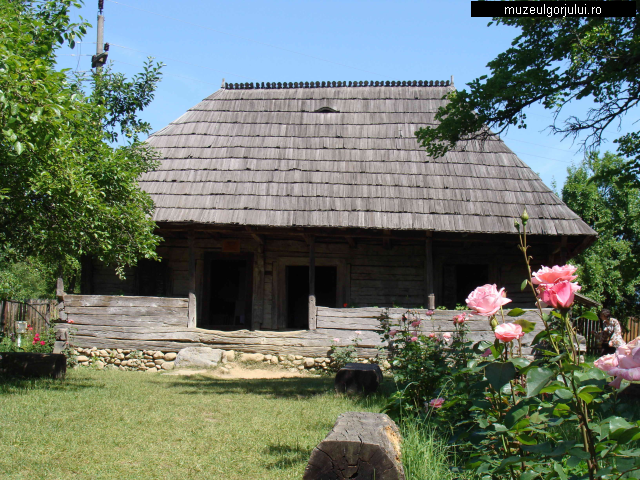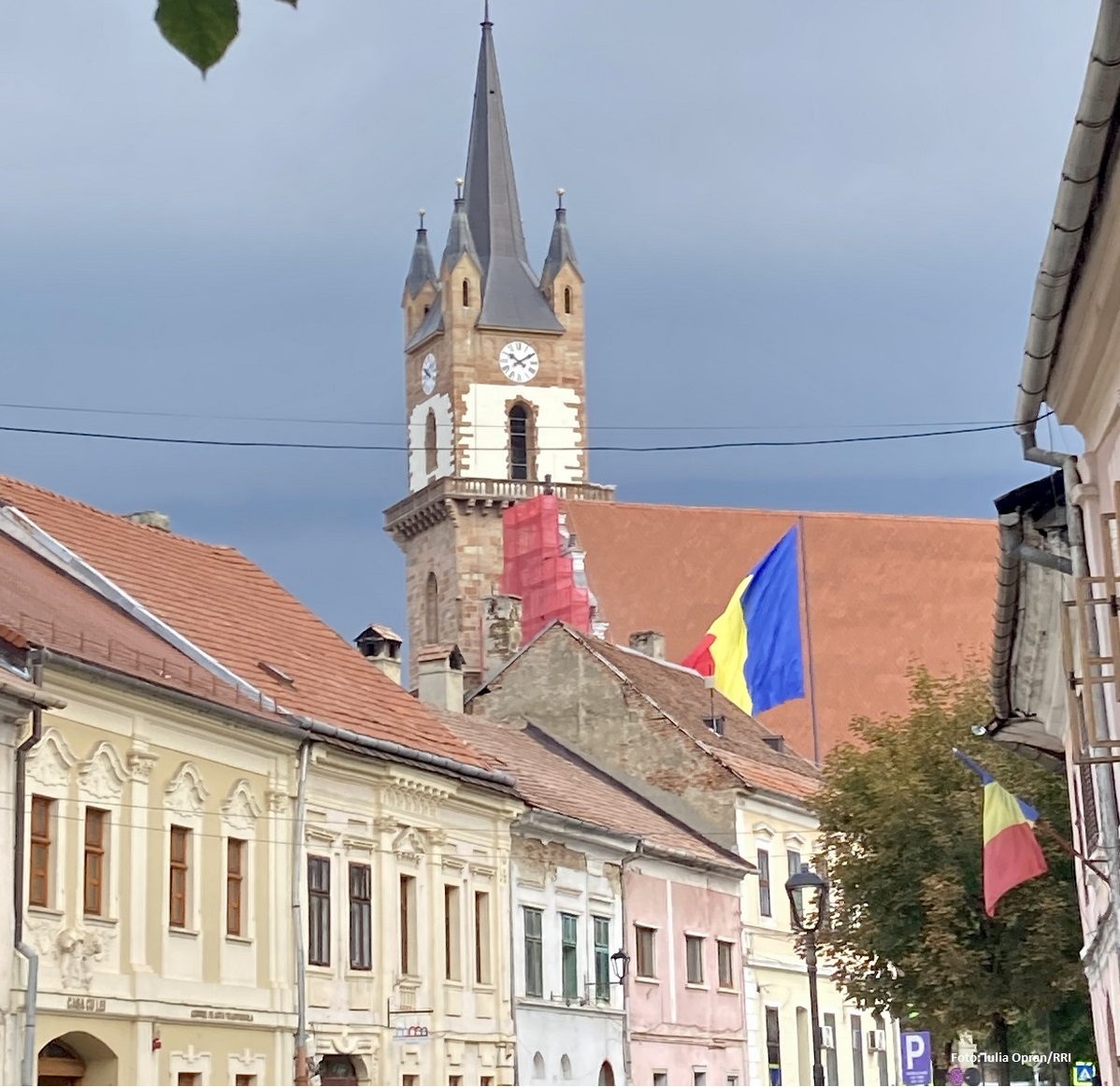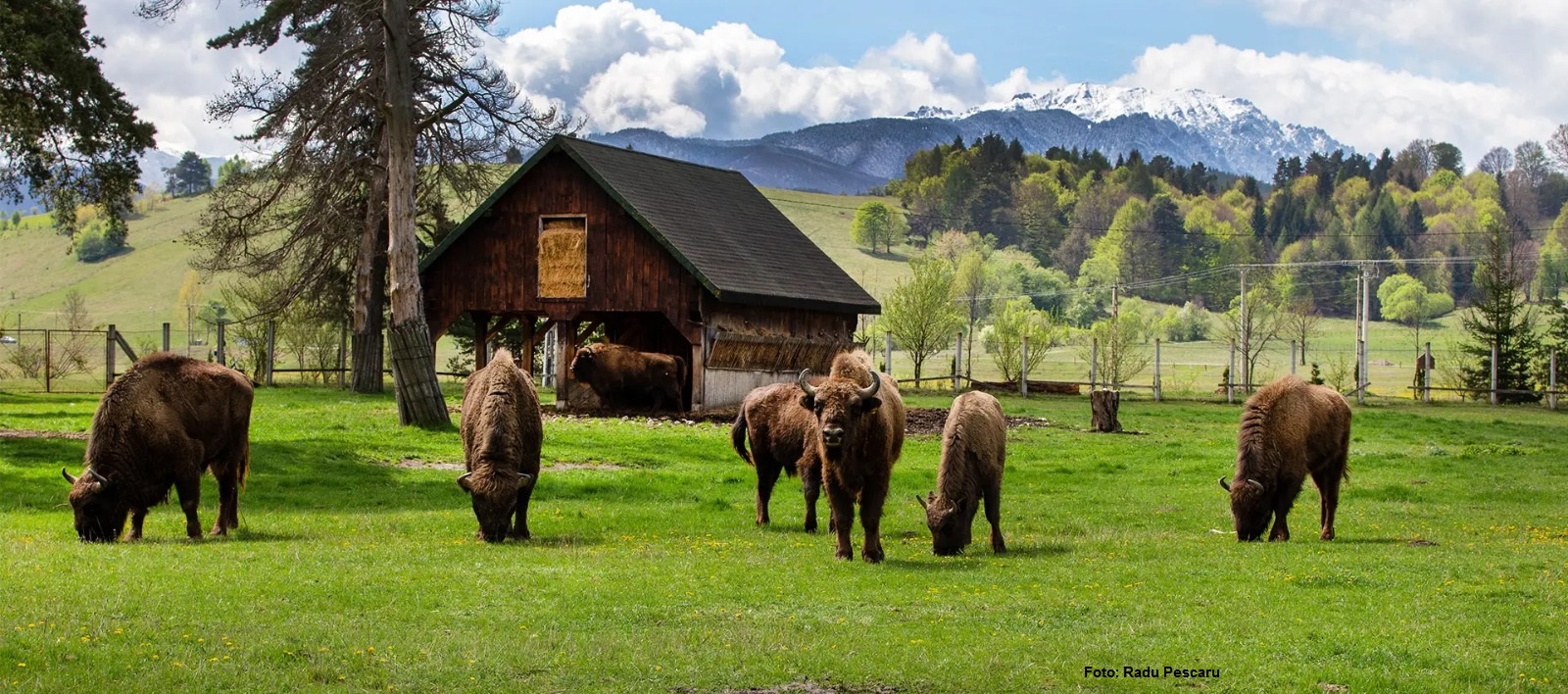Ethnography and Spirituality in Gorj
Gorj County is a place worth seeing from a totally new perspective.

Daniel Onea, 14.01.2016, 13:09
Gorj County is a place worth seeing from a totally new perspective. We will be looking at traditional houses hundreds of years old, built by using equally old techniques. There is a local ethnography museum where you can admire such a house, the Traditional Architecture Museum in Curtisoara, Gorj County. Our journey, however, begins in Hobita, in Pestisani commune. Professor Ion Mocioi, PhD, told us about the museum dedicated to Constantin Brancusi, a house built in 1971 in the place where the famous sculptor was born.
“The house is called a museum because a museum was set up here to make known Brancusi’s house and place of birth. It is known that the artist’s real house burned down before 1900. The next house was built by his sister, quite far from the former home. It has stood until recently, when it burned down too. The house has only a ground floor, with three rooms and a covered outdoor area. It is built on a river stone foundation. The foundation is fairly high; it has a staircase in the front, built of large river stones and has wooden shingles. There is an ongoing tradition here to build shingle roofs. The covered area has a clay floor. The middle room was a kitchen, and had 19th century facilities. The third room was a storage area. The attic was built so it used the smoke of the middle room hearth to smoke meat. You can see in all the rooms things that used to belong to the Brancusi brothers, just as they were about the time the sculptor was born. Brancusi inherited a piece of land from his parents. His mother sold that in order to get the money to send him to the National Fine Art School in Bucharest.”
Victor Albinel Firescu, head of the art and ethnography section of the Gorj County Museum, said that tourists who go to Curtisoara can see the authentic, two hundred year old village there. Curtisoara is a commune around 90 km away from Hobita and only 13 km away from Targu Jiu, which is the county seat. The north of Oltenia, Gorj in particular, are areas where a complex architecture system developed, mostly wood based, according to Victor Albinel Firescu:
“The conditions which created that were manifold. A brief analysis reveals a rich river network, which was what defined the way the villages were built. The topography imposes wood as the predominant building material. From a social point of view, free-minded people, under certain circumstances, can produce material and spiritual creations. The persistence of the free nature of communities transpires up to contemporary times through the resistance shown towards collectivization in the Communist period. The conservative and practical spirit of the inhabitants of this space shows in the ecclesiastical wooden architecture more than in the lay buildings’ architecture. The latter has different nuances depending on the social context and the historical period. In Gorj county one will find more than 120 monument churches, made of wood, which are genuine architectural gems. What is really amazing is the way they were built and ornamented so as to stand the test of time. This shows the craft of those who built them, who were not educated people but who mastered the craft of processing wood that was passed from one generation to another.”
From a spatial point of view, the house is a space that shelters and protects the family, says Victor Albinel Firescu, the head of the ethnography and art section of the Gorj County Museum. It is the center of the world. It is a space for the harmonious development of the pure, unblemished and beautiful human being, protected from the evils of the world and in a very close relation with nature. Victor Albinel Firescu tells us what the Folk Art Museum in Gorj county is like:
“We have households from all ethnographic areas of Gorj county. The museum covers an area of several hectares. Besides the wooden architecture, visitors can also see examples of ecclesiastical architecture. There are two churches, the Gheorghe Tatarascu Church, moved from Poiana Rovinari between 2000- 2002, and the Church “St. John the Baptist”, commissioned in 1821 by Bălaşa Cornoiu. The latter is a very beautiful stone church, with naive, peasant paintings. I would like to tell visitors about this space that gave many great personalities, including in the folk art field. People cannot understand all the things they find here after a first visit, they need to linger more in here to really grasp the meaning of the place.”
University professor and PhD Ion Mocioi: “I want more and more tourists to come and see the place where Brancusi was born, the house made by Brancusi’s father, which is identical to that where the sculptor was born that had been built in 1870. In its garden there are still trees left standing from the time the sculptor was here. The atmosphere is special and visitors will find here the soul of Brancusi. My personal opinion is that one has to visit Brancusi’s home to really get to know him better. His house is now a museum. There are experts at the museum who can talk with the visitors and answer all their questions. This year a national museum “Constantin Brancusi” will be operational in Targu Jiu as well, a decision recently passed into law by Romania’s Parliament.”






























